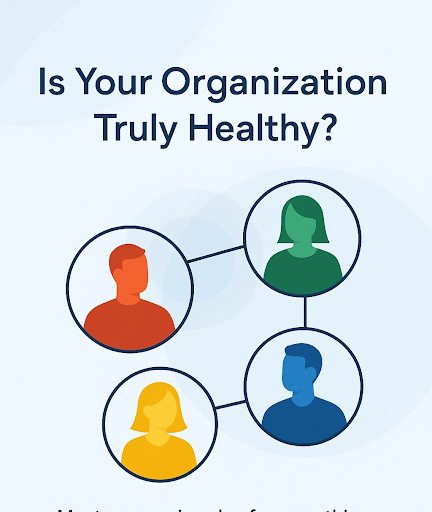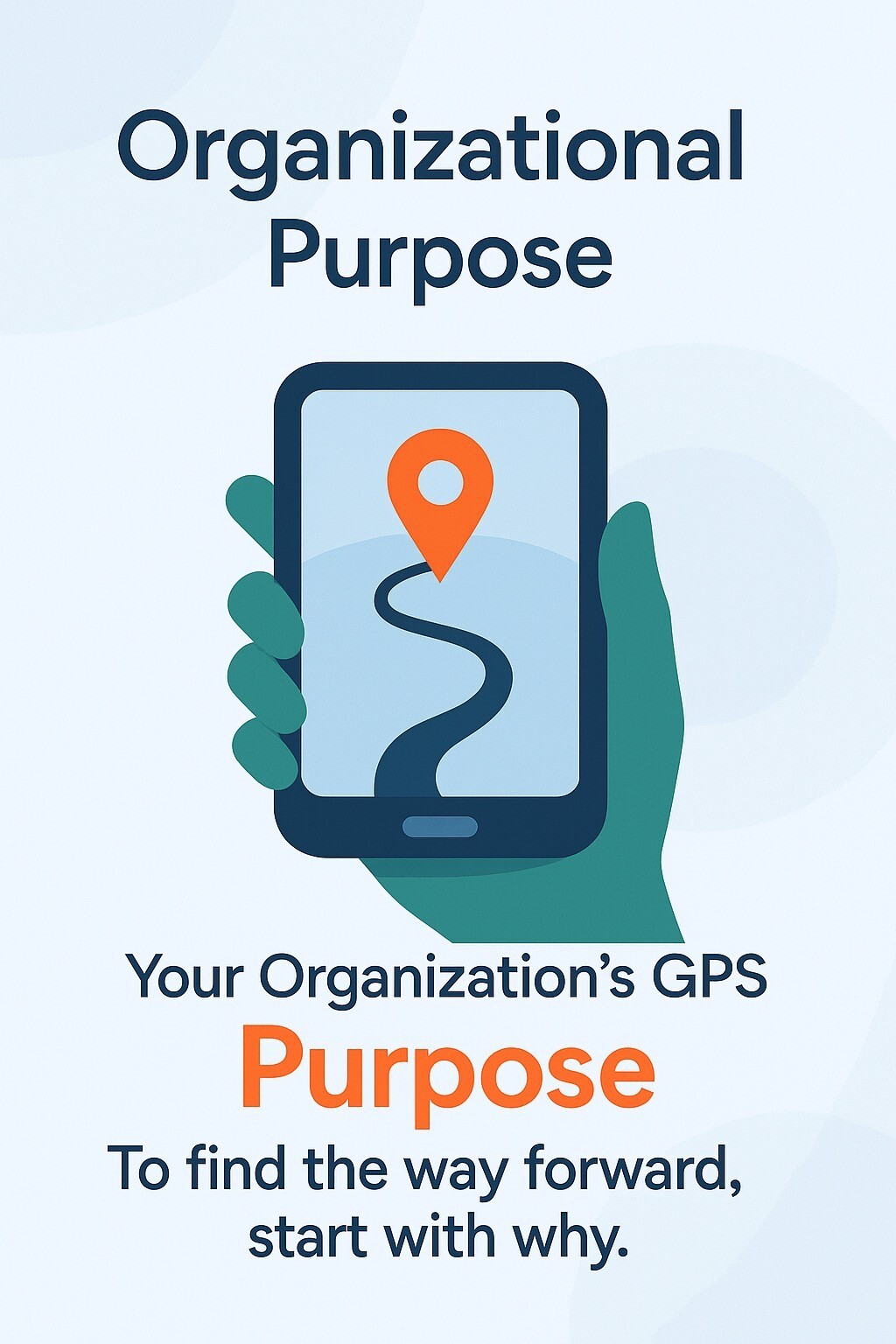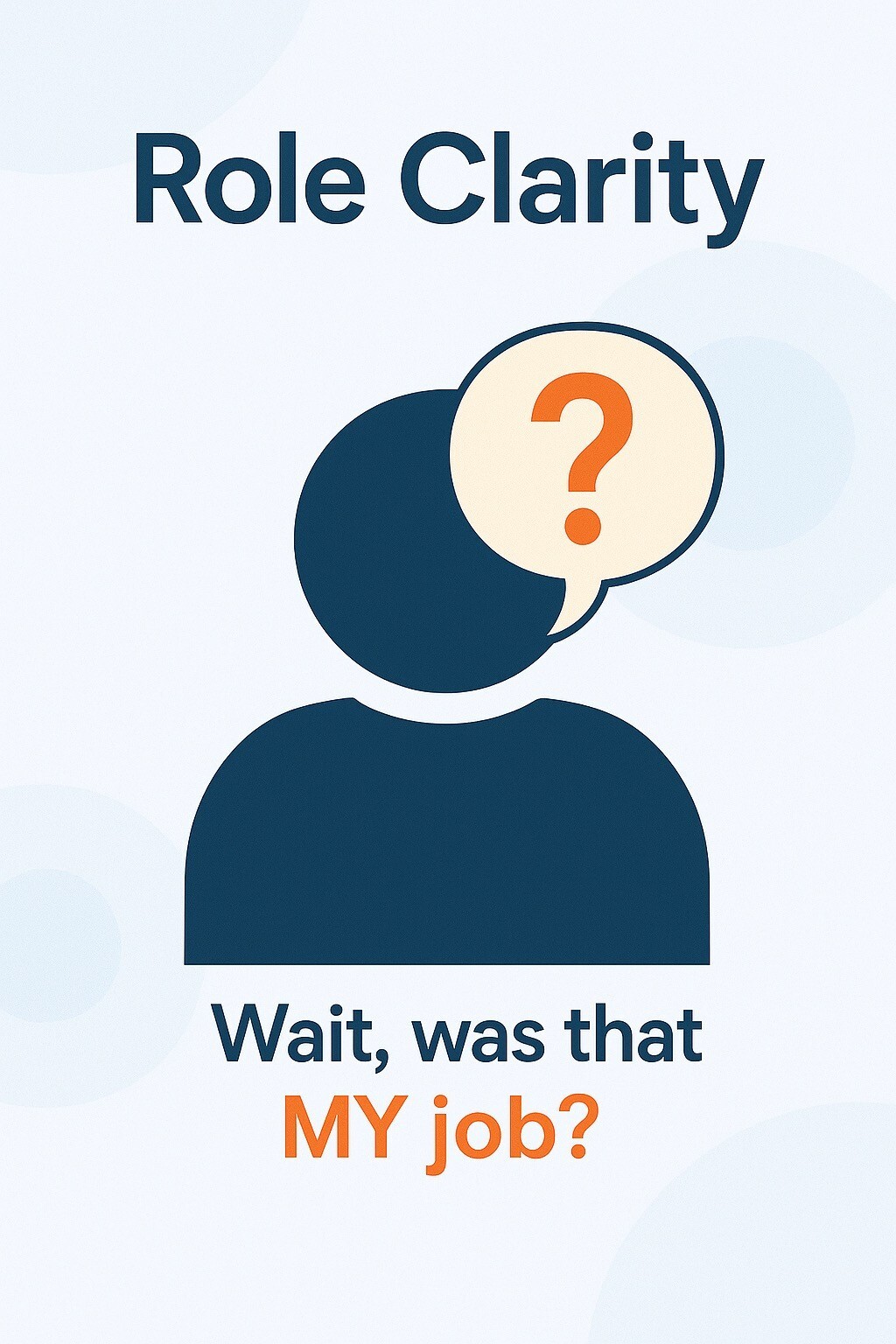Let’s pick up where we left off, on the topic of healthy organizations. You know, the kind where people actually want to show up on Monday… and not just because there’s free coffee.
If you're building a culture rooted in purpose, clarity, and trust, then managing a multigenerational workforce isn’t a “problem”; it’s a playground. Why? A healthy team doesn’t just tolerate different perspectives; it depends on them.
Insight #1: Healthy Organizations Start with Human Understanding
Each generation brings something real to the table:
- Boomers bring deep experience and personal accountability.
- Gen X is the pragmatic glue holding the place together.
- Millennials spark collaboration and purpose.
- Gen Z challenges us to be more inclusive, authentic, and future-ready.
When you build a culture where people feel seen, these differences stop being barriers and start becoming bridges.
Leadership Tip:
Encourage teams to share stories, not just project updates. Ask how they prefer to work, communicate, and receive feedback. Open communication and sharing your preferences can feel awkward, but it is an essential first step. Healthy communication honors both style and substance. Using the BIrkman Assessment as a conversation starter helps.
Insight #2: One Culture, Many Ways of Thriving
Healthy organizations don’t mandate a single way of working. They offer a clear “why” and give people the flexibility to find their “how.” This is where generational preferences actually make you better:
- Boomers may seek structure, so offer clarity.
- Gen Z seeks freedom, so offer autonomy.
- Millennials want feedback, so offer access.
- Gen X wants results, so offer trust.
Leadership Tip:
Design your systems for shared outcomes, not identical inputs. When people are aligned on purpose, they’ll approach the work in ways that suit their strengths.
Insight #3: Generational Tension is a Sign of Growth, Not Decay
When you hear, “That’s not how we used to do it,” it’s easy to roll your eyes. But pause. That statement can be an invitation to honor the past and explore the future. Ask questions and take it as a learning opportunity. Sometimes, there are important lessons in past experience.
In a healthy culture, tension isn’t something to manage; it’s something to mine. It creates the spark for innovation, perspective-taking, and leadership development.
Leadership Tip:
Create cross-generational teams and mentor pairs. Let Boomers teach resilience, Gen X model adaptability, Millennials champion purpose, and Gen Z stretch your thinking.
Final Reflection:
Let’s stop treating generational diversity like a hurdle and start treating it like the organizational asset it really is. Healthy organizations make room for people to show up as they are and grow from there. It is a chance to learn, grow, and play.
So ask yourself:
- Are we listening across generations, or only within them?
- Are we aligning our systems to serve everybody’s best, not just somebody’s comfort?
- And most importantly, do people leave meetings feeling heard, valued, and ready to move forward?
If not, it might be time to make space at the table, not just for new ideas, but for new ways of being together.



